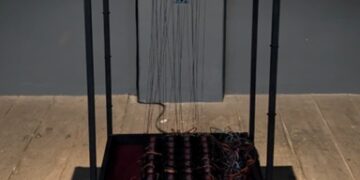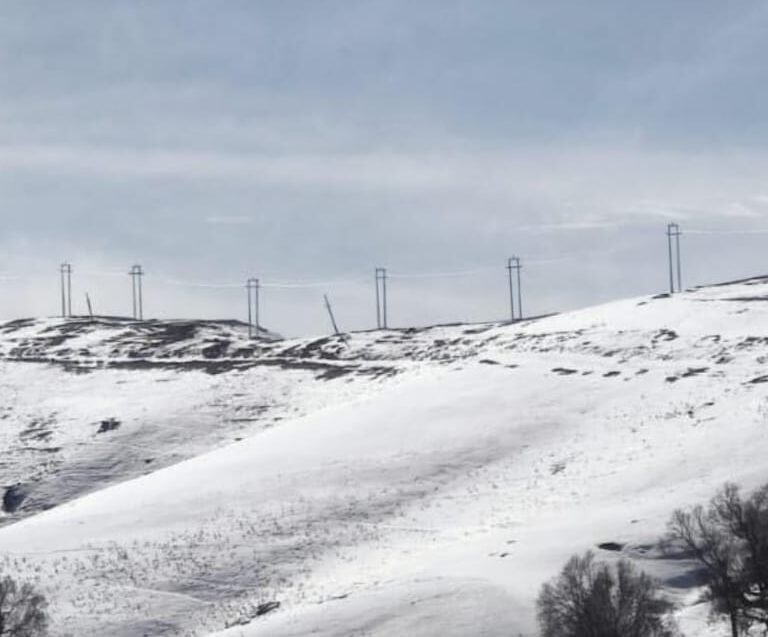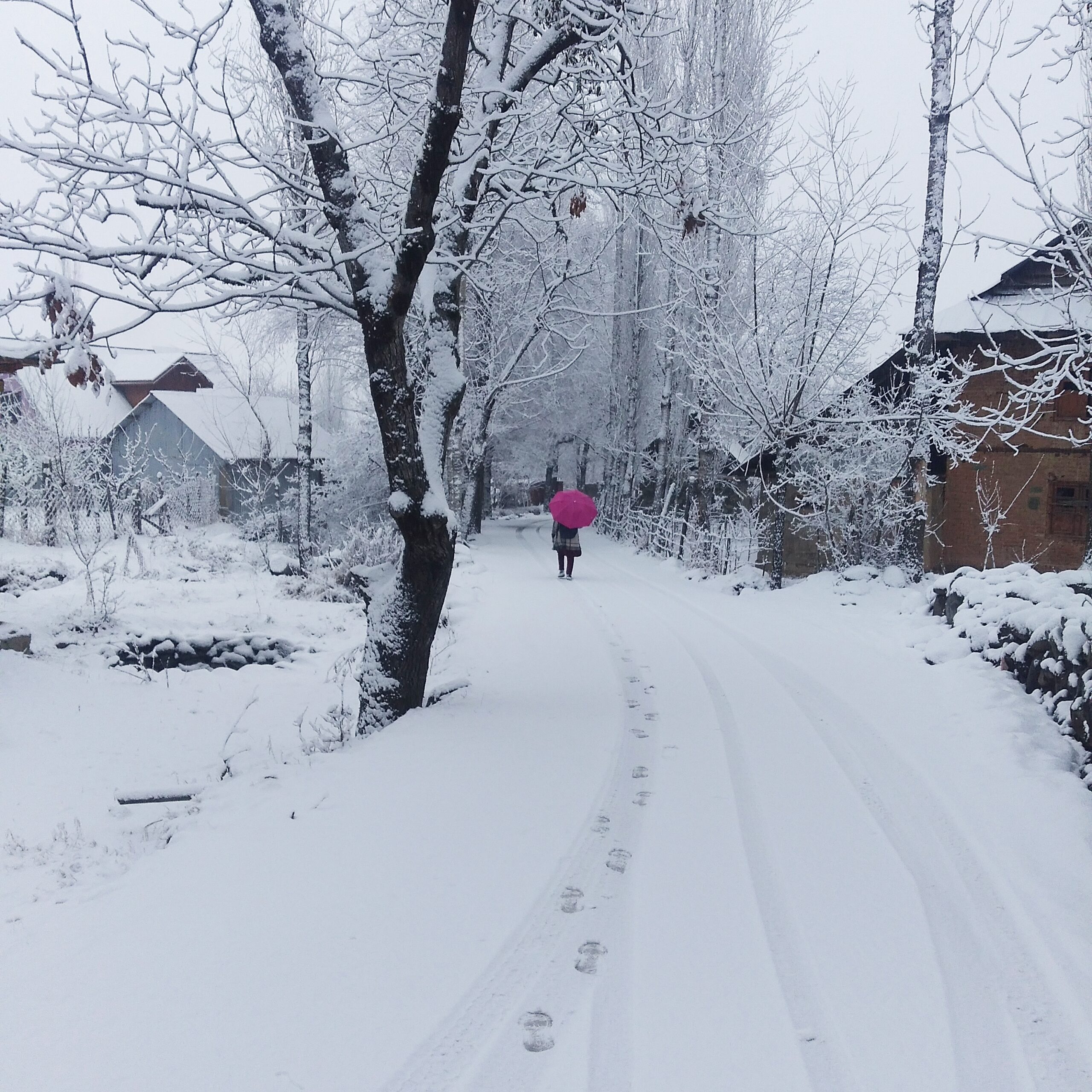Sparklingly limpid dew drops sticking to long, narrow and flat paddy leaves emanate refulgence of optimism as if oysters are about to be-get pearls. Swollen rice stems carry panicles of hope in their bosoms to reinforce the faith of believers in Almighty Allah SWT that He alone can effectuate miraculous wonders in the universe, dark green paddy fields hypnotize beholders to the extent that sketches of paradise are drawn in their eyes, mini nests of red crake (Kashmir name “Gill “) filled with dapple-shelled tiny eggs ooze yearnings and longings from our eyes. Strolling on narrow paddy field levees fills hearts with the elixir life, and scratches dozens of reminiscences from the canvas of bygone days.
A few decades ago, paddy was more than a crop for Kashmiris. Its cultivation was more than farming and agriculture. Paddy was weighed beyond a source of food. It was the index of our prosperity and good living. Affluence and economic growth was gauged by the size of grainery. Paddy cultivation has grown from a crop to a cultural legacy and heritage. It is still our staple food though rice fields are rapidly dwindling and diminishing. Dozens of customs and traditions etched to it are synonymous to our culture and heritage. It has a glorious past of its own. It has almost become the emblem of our civilization. Even the quantity of paddy land is still seen as an important benchmark to offer nuptial matches to boys in our villages.
Different procedures and practices associated with the paddy cultivation have almost vanished into the thin air. Either technology or our indolence and torpidity has diluted many essentials of it. A pair of bullocks and a set of wooden ploughs is rarely found in any household of our valley albeit a few high-altitude areas where the cruel pangs of technology are yet to dilute the beautiful traditions and customs. Breaking seed dormancy was almost celebrated like a ceremony. Our fathers and forefathers would initiate the process of with special Tehri served to young and old at our mosques and shrines, paddy seedbeds are still prepared but the old fervour and festivity associated with it is gone.
‘Thejkaad’, of volunteers to transplant paddy saplings to finely ploughed fields is completely missing, Biharees are now hired to carry it out. Melody of Nende Baeth (Special genre of Kashmir music sung by men who were de-weeding paddy fields during the months of June and July) has disappeared to deadly weedicides. The toxic chemical containing modern substitute of manual de-weeding process has harmed our local ecosystems. The lethal yet frequently used weed eradication agent has exterminated fish from our local streams, canals and wetlands habitats. The dulcet songs of paddy fields have fled to distant skies. The genre of Nende Baeth is probably confined to a few songs archived in the library of Radio Kashmir Srinagar. And they are rarely played from the channel, now.
Though the crop is still harvested using sickle but the labourers are brought from far off parts of our country. Threshing is done in the fields using big planks of wood or metallic barrels. But, a sweet custom of yesteryears associated with the paddy has completely evaporated. The custom is popularly known as ” Baale Batte ‘ – A special rice meal with fish curry was served at the levees of the paddy fields with the emergence of panicles in the crop. A group of children would always visit paddy fields to enjoy the uninvited feast. No proclamation was made, no invitation was sent, but children would come to know about the treat through the whispers of air.
Baale Batte was believed to scare away rodents like rats from the fields. It was also believed to safeguard the crop from the rage of natural calamities like hailstorm or torrential rains. A share from the meal was placed on the levees for rats to eat. And interestingly, no one would mix zinc phosphate (Rat Kill Poison) with it to kill the possible rats in the fields. Compassion for all was inherited in our genes. It was a form of charity, and every household in villages would serve the solo cuisine repast to neighbours and friends. It was mandatorily served at the paddy fields. Fish was the prerequisite of the meal. And it was the time when the delicacy was easily available in our local water bodies.
Now, the tradition has shrivelled to our complacency and insensitive approach. Though paddy is still grown but we are devoid of the sweet custom. It was a charity beyond religious tenets and maxims. Such gestures of compassion and sympathy are alien to our generation alpha, even generation Z knows nothing about it. The beautiful tradition is gone, so is a snack. We can archive a plough in a museum but how can customs be kept in the shelves and racks of a museum! We have probably failed to pass on the legacy of our ancestors to our progeny. There are dozens of instances where we have either been oblivious or insensitive to our moral obligations. A conscious society can’t afford the obliteration of its customs, traditions, values and ethos. Let’s all pledge to preserve our rich heritage and history.
The Author is a Teacher and a Regular Columnist. He can be reached at mushtaqhurra143@gmail.com





